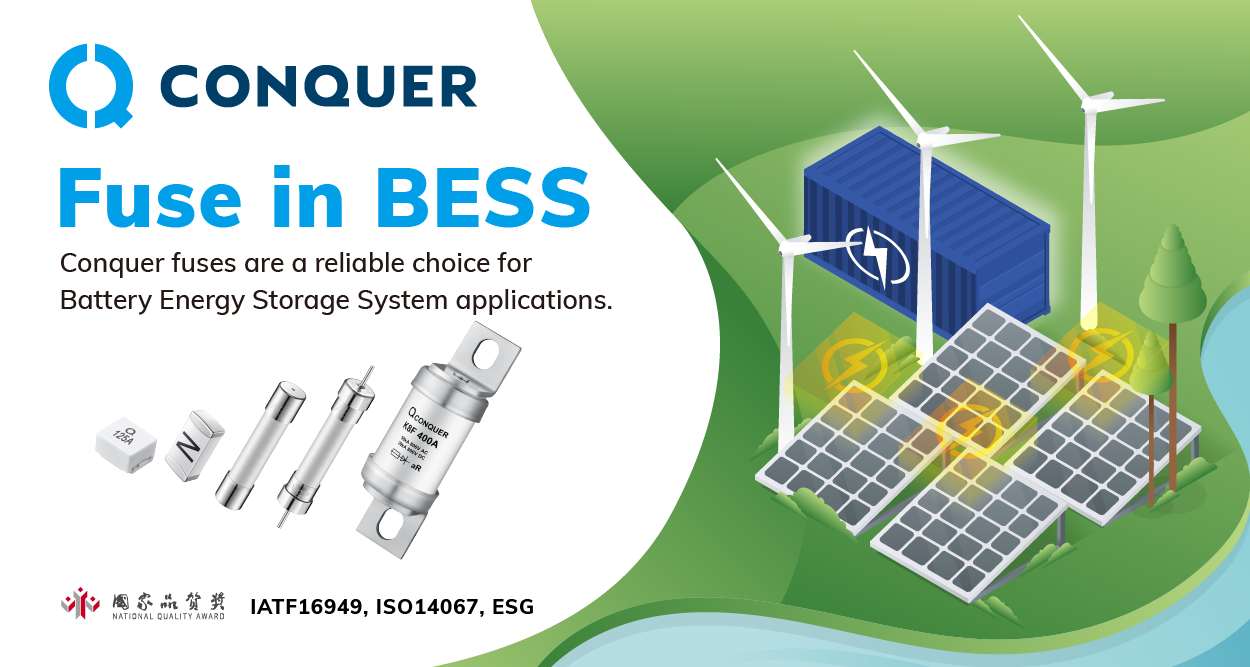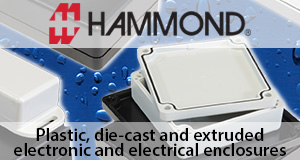Semiconductor materials consist of atoms bonded together to create a uniform structure, which is essential for producing various integrated circuits (ICs) and fabrication devices. This material’s structure is homogeneous and remains consistent throughout the bonding model.
As per the recent analysis by Allied Market Research, the global semiconductor bonding market is projected to portray notable growth throughout the forecast timeframe. The market is expanding rapidly due to a rising interest in compact electronic components, growing acceptance of stacked die technology in IoT gadgets, and a growing demand for hybrid and electric vehicles.
Types of bonders used in semiconductor bonding:
Die bonder:
A die bonder, also known as an SMT mounter, serves as a pivotal and central component within the die attachment process of chip packaging and testing. Its primary function is to pick up individual chips from a sliced wafer, position them precisely onto the die pad corresponding to the substrate, and then use epoxy to securely bond the chip and the substrate together. This placement machine excels at rapidly and accurately positioning components, carrying out essential tasks such as alignment, flip chip placement, and continuous placement.
Wafer bonder:
A wafer bonder is a precision machine tool employed in the manufacturing of micro-electrical mechanical systems (MEMS) and similar technologies. Its primary function is to assemble two or more substrates at the wafer level.
Wafer bonders find applications in both research and development (R&D) and industrial settings whenever there is a need for mechanically stable bonding of two substrates. This bonding process can be either temporary or permanent, and various methods and technologies have been developed to suit different types of substrates and specific applications.
Flip chip bonder:
A flip chip is a die attachment technique in which the electrical connections between the semiconductor chip and the substrate or package are established by placing the chip face-down onto the substrate or package. This is done by physically, mechanically, and electrically connecting the bond pads on the chip to the corresponding bond pads on the substrate or package using conductive bumps. These bonders are perfect for high-frequency components.
Key recent developments in the semiconductor bonding industry:
Qorvo and Adeia entered into a licensing agreement for hybrid bonding technology on 15 February 2023:
Adeia a company known for its patented innovations that enhance numerous devices, has disclosed that Qorvo, a prominent global provider of connectivity and power solutions, has acquired a license for Adeia’s hybrid bonding technology.
According to the chief licensing officer and general manager, semiconductor, Adeia, Dana Escobar, ‘prominent players in the semiconductor industry are exploring 3D structures, packaging advancements, and interconnect innovations as avenues to enhance performance and broaden functionality within compact form factors.’ Hybrid bonding technology opens fresh possibilities for optimizing the architecture of RF front-end semiconductor devices and modules, to improve functionality, and performance, and reduce the size of these solutions.
Adeia’s substantial and expanding intellectual property portfolio comprises hybrid bonding, semiconductor packaging, and processing technologies. Adeia collaborates with and licenses its technology to prominent semiconductor companies globally, contributing to the enhancement of their product roadmaps.
Adeia and Western Digital entered into a long-term semiconductor patent license agreement on 28 March 2023:
As discussed previously, Adeia is dedicated to inventing, developing, and licensing fundamental innovations that influence the way millions of individuals engage with and enjoy entertainment in an interconnected world. Western Digital, a prominent global leader in data storage solutions, entered into a long-term agreement to license Adeia’s semiconductor patent portfolio, which includes technologies related to hybrid bonding.
This agreement showcased the enduring value proposition provided by Adeia’s intellectual property portfolio within the semiconductor industry. To sum up, the global semiconductor bonding industry is expanding rapidly and is expected to grow even more in the upcoming years.














